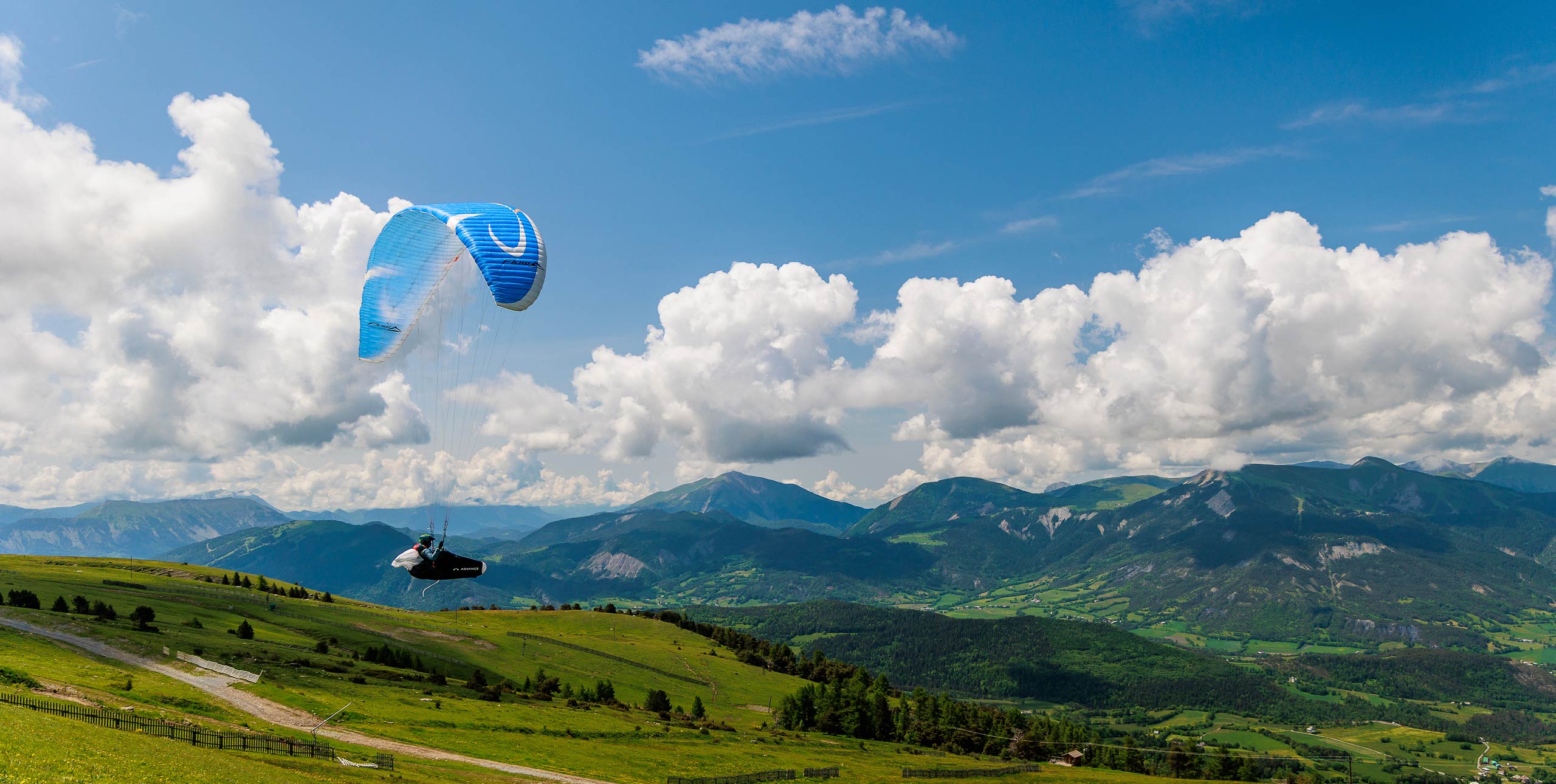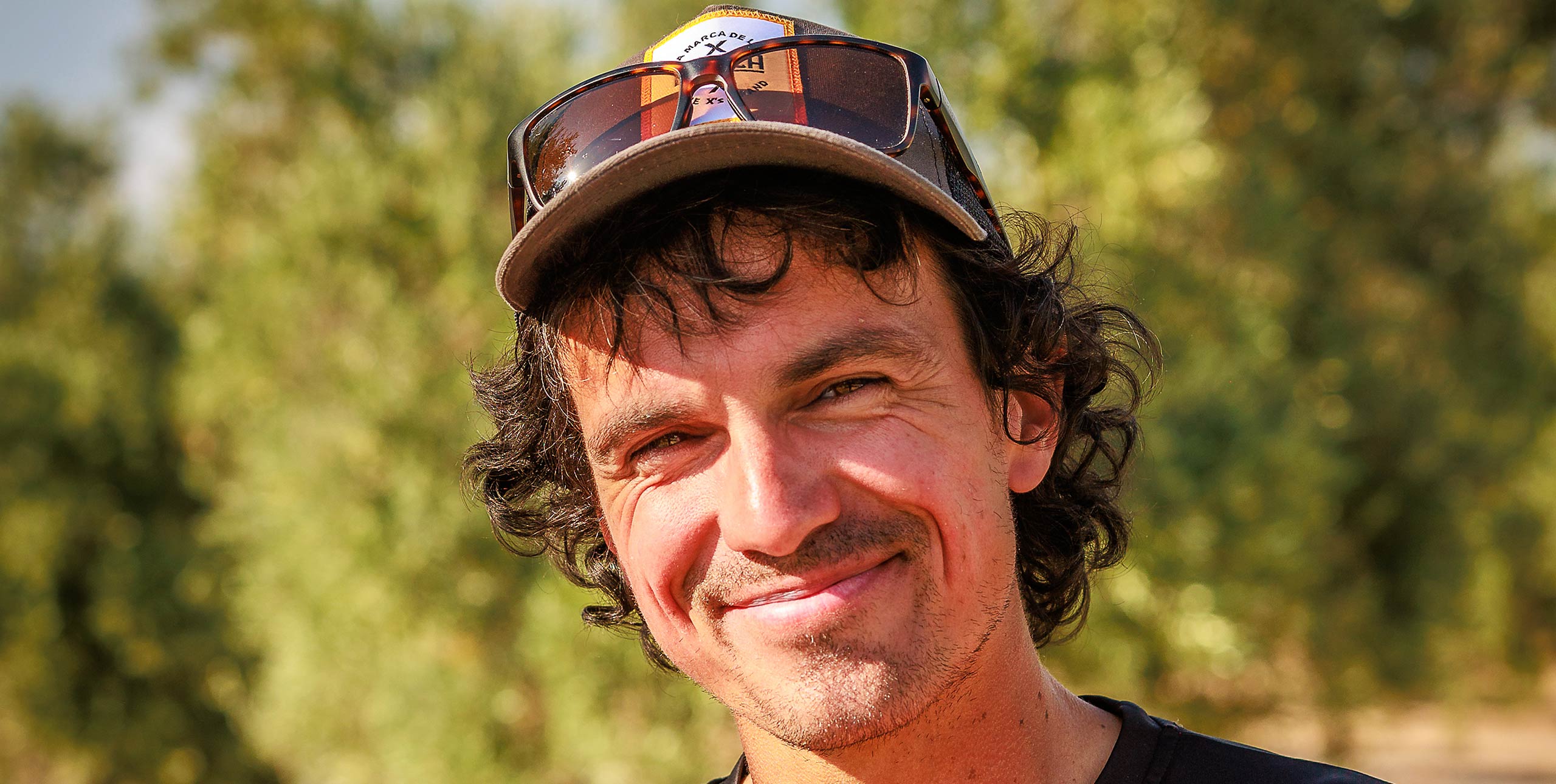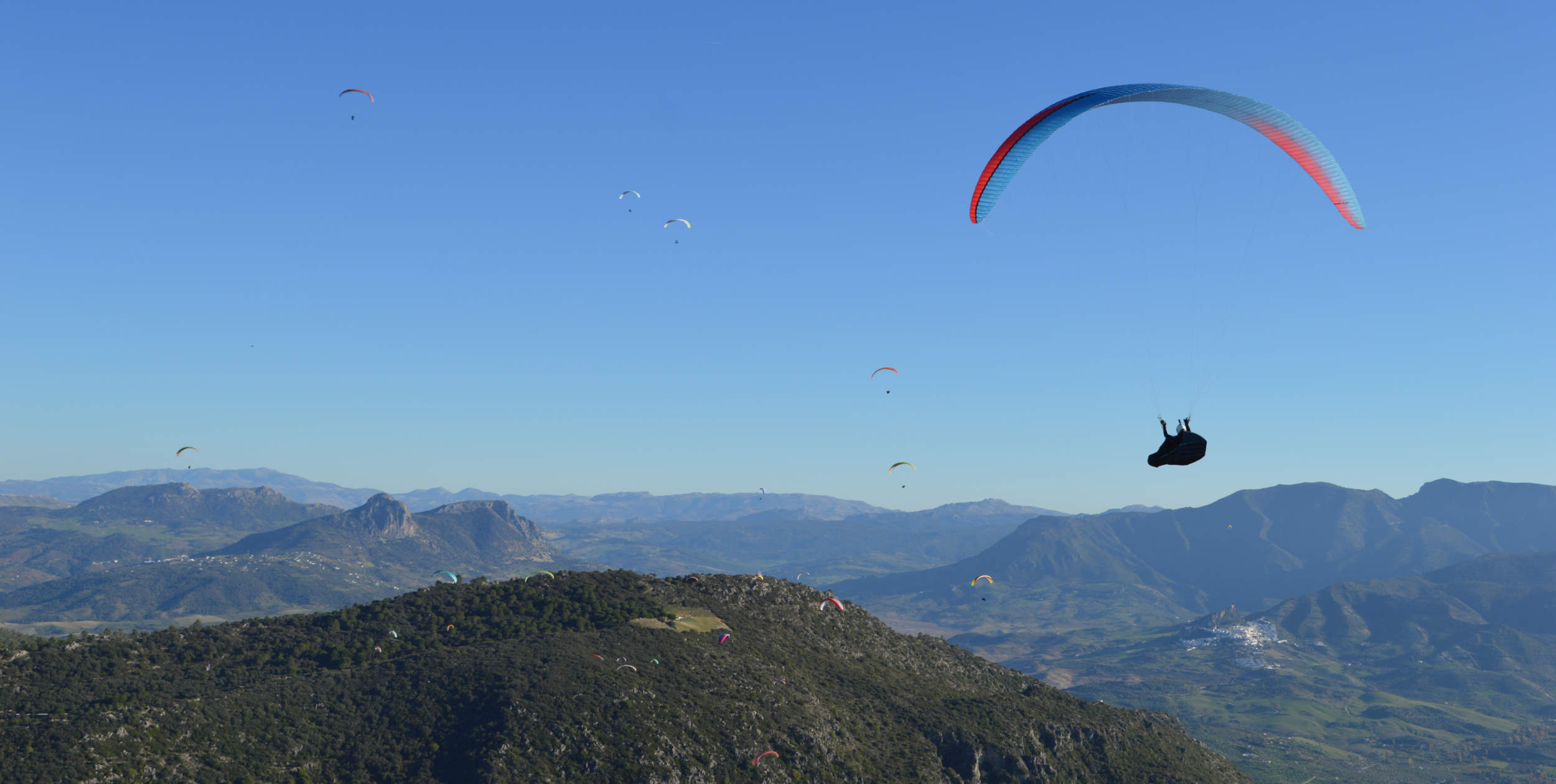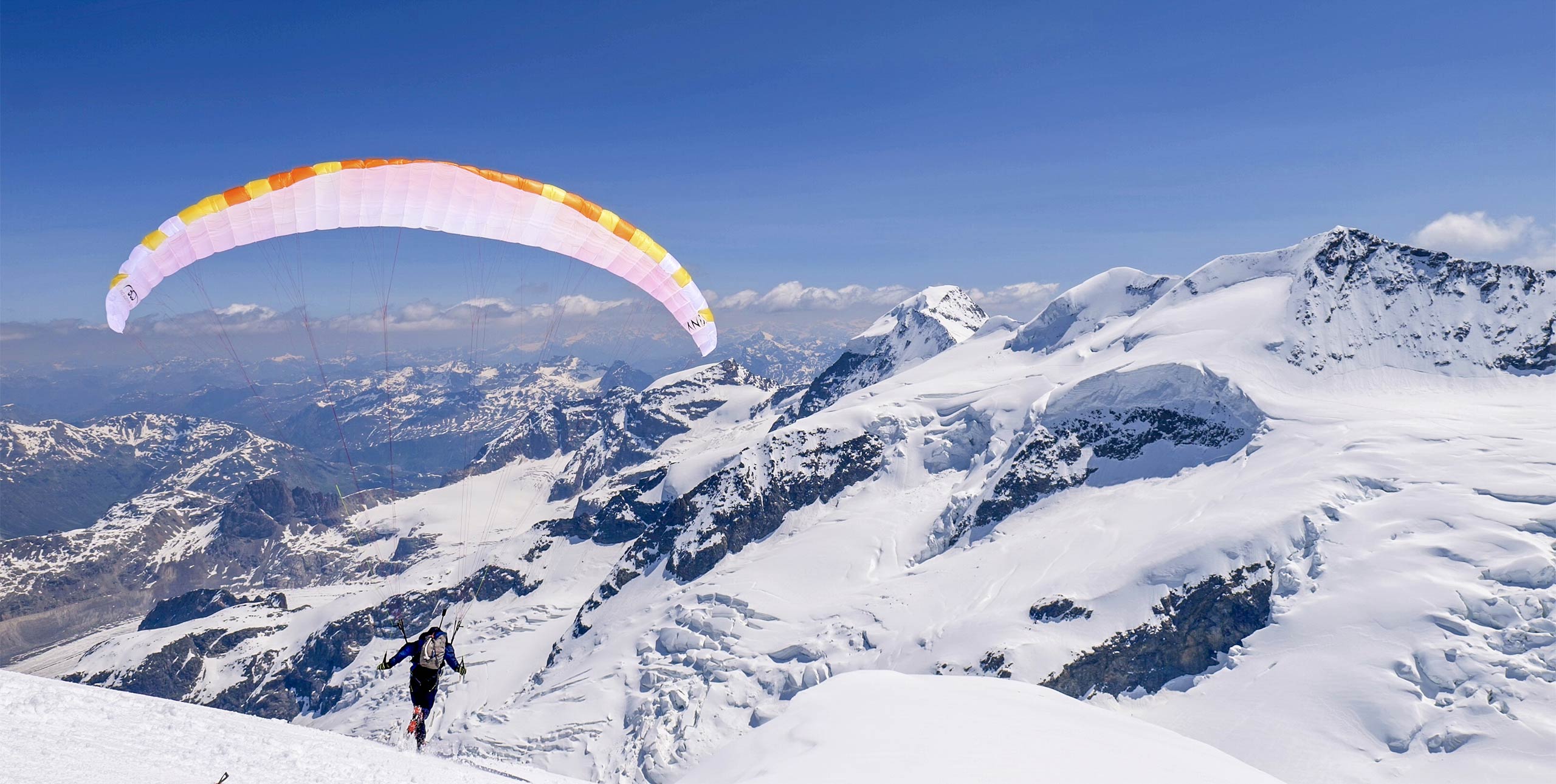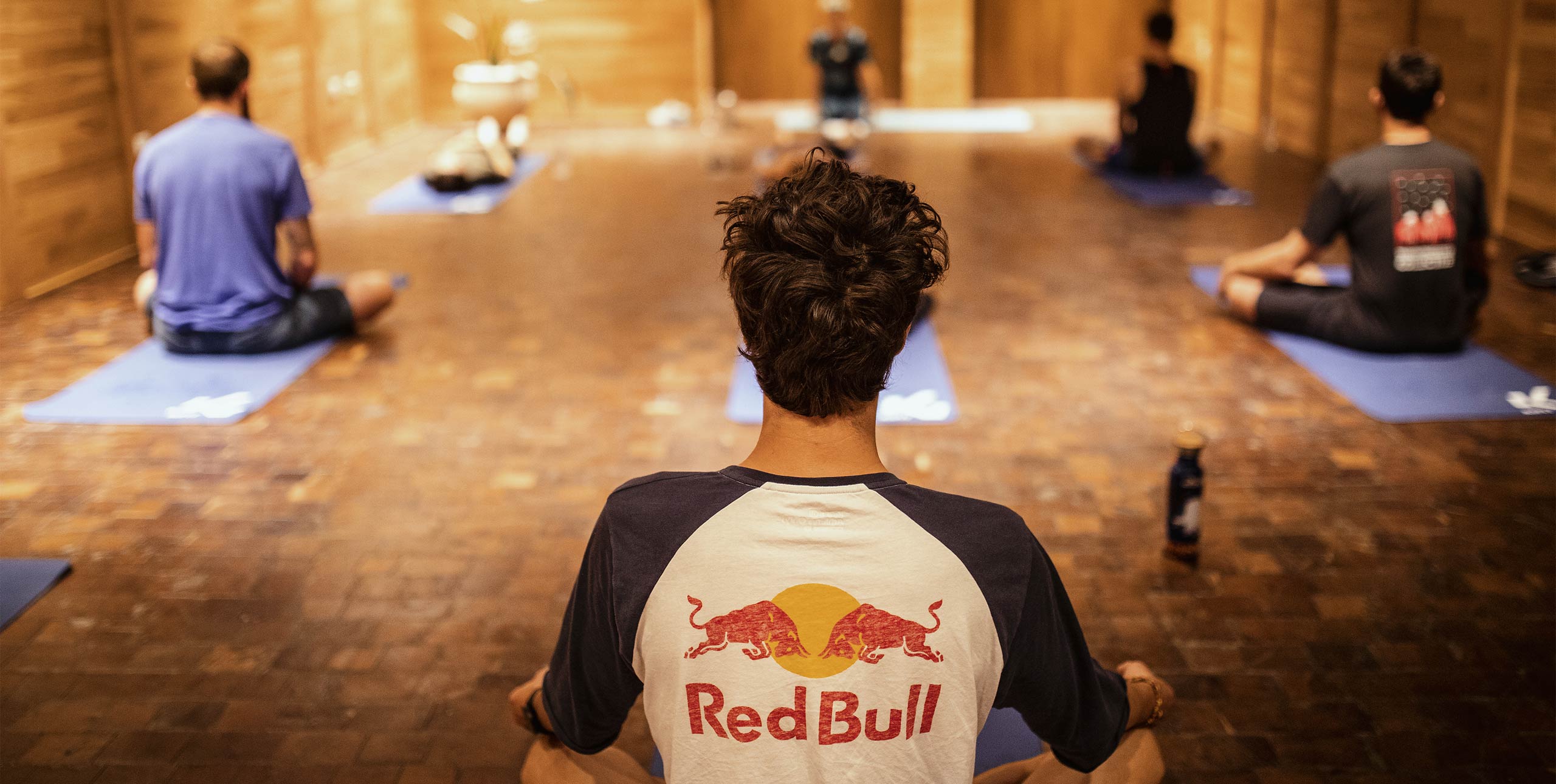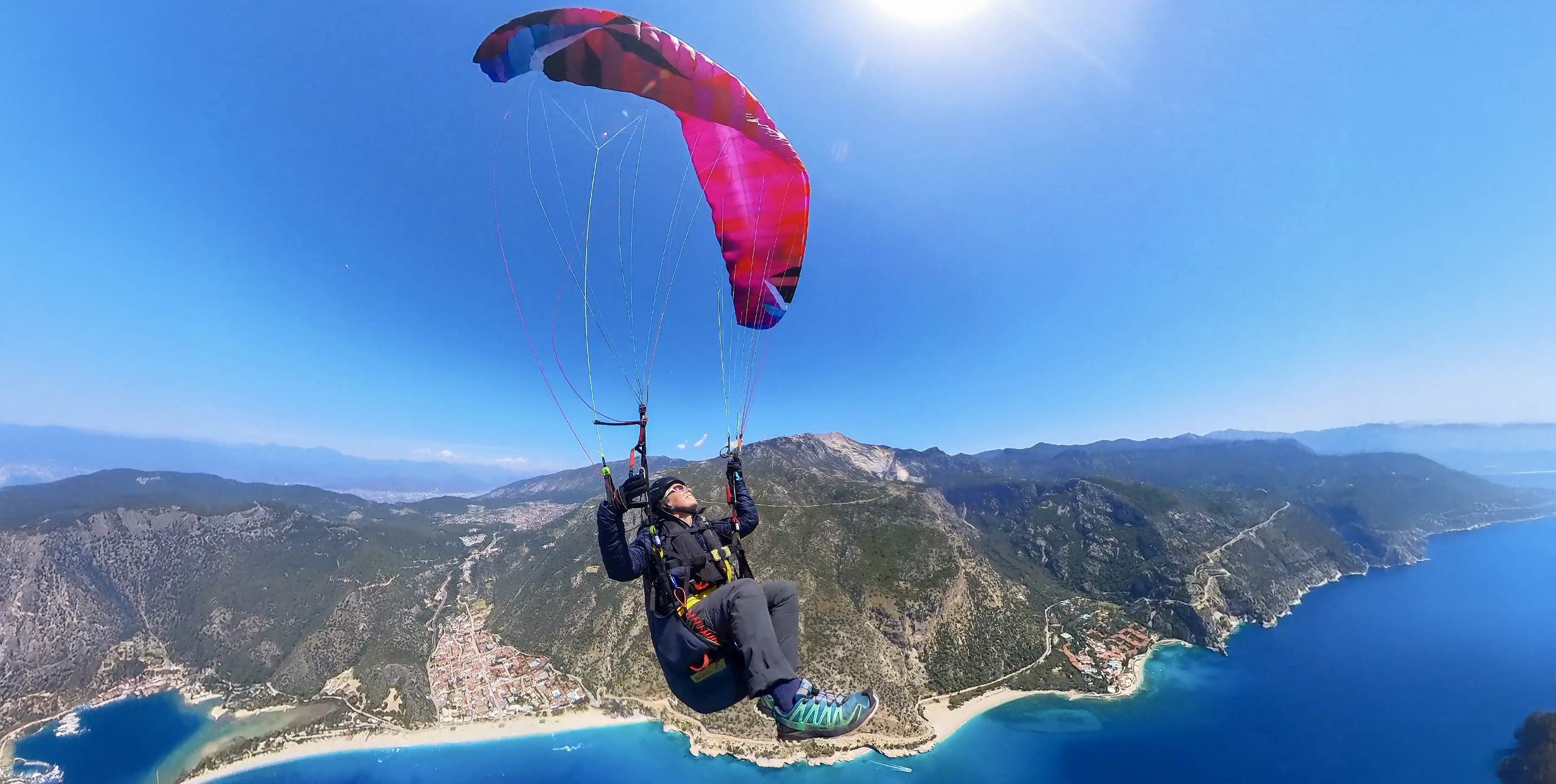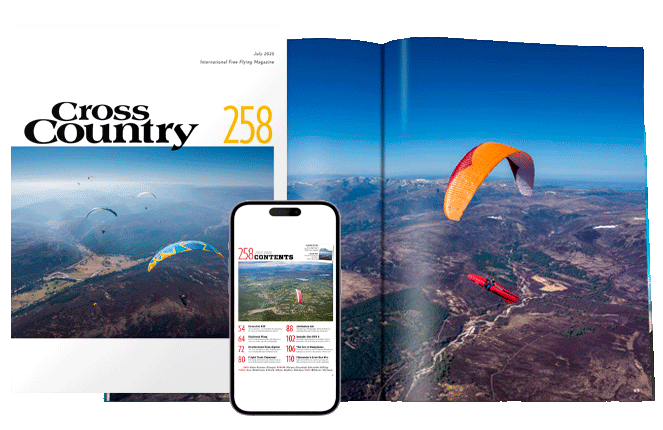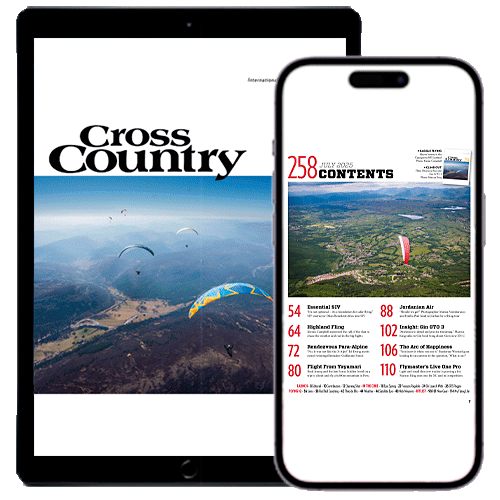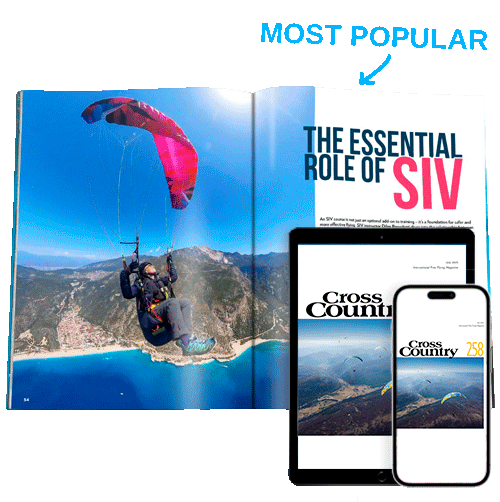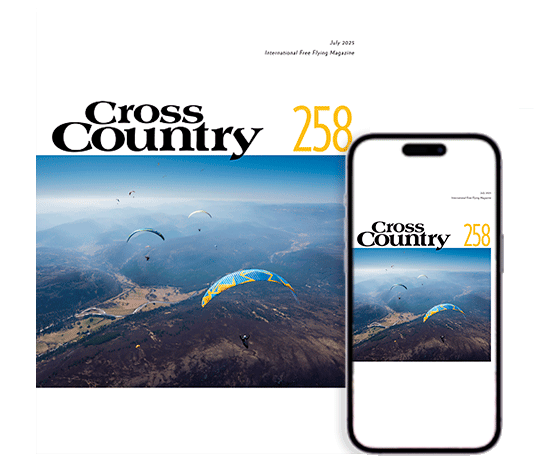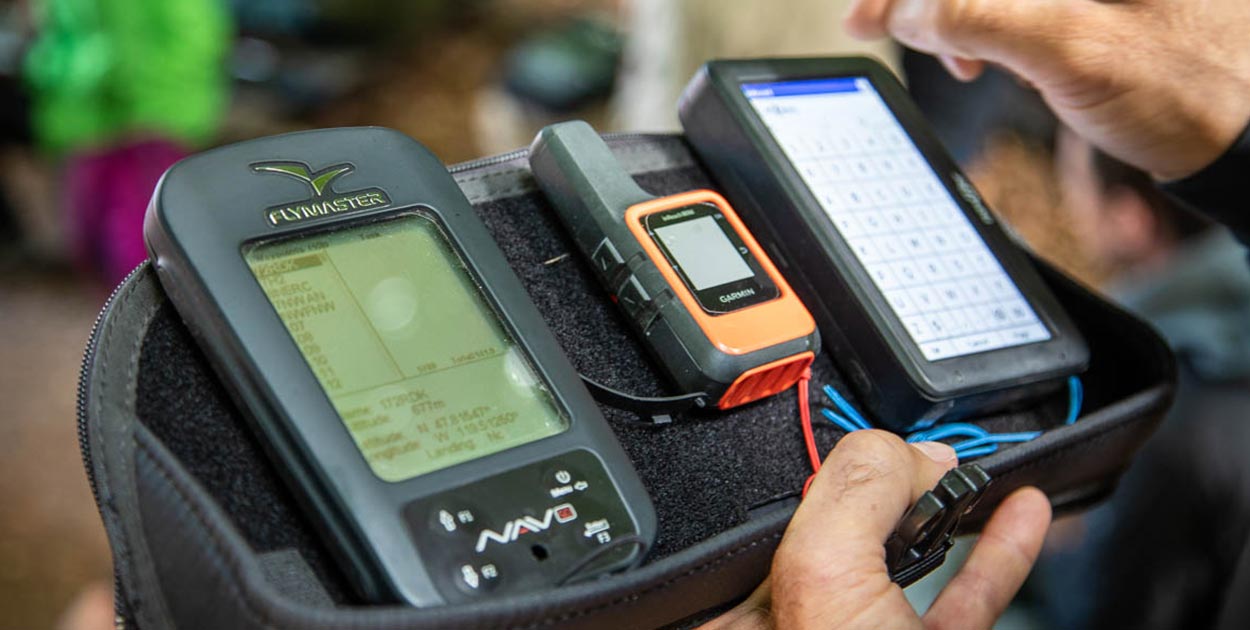
Comp Series: What to expect at your first competition
9 June, 2020You’ve arrived at the competition venue, met some of your fellow pilots over a beer the evening before, and finally the day has arrived for your first ever competition task. It can be a daunting experience, so here are some tips to help you through:
Be on launch early and prepare your equipment early. That means unpacking everything and preparing it for flight, then bunching your wing up and covering it over with your outer or concertina bag to keep the sun off. It may seem unnecessary to go to the extreme of preparing your equipment when you may not be launching for an hour or two, but the reward of being relaxed during the next stages will pay huge dividends later.
The Meet Director (MD) will call a briefing. Remove your instruments from your flight deck and take them with you to the briefing. Also take a pen and paper or means of taking notes. Get to the tasking area early to get a good seat, and try to sit with somebody who has similar instruments to your own. It’s a good idea to practise entering tasks into your instruments in the days prior to the competition.
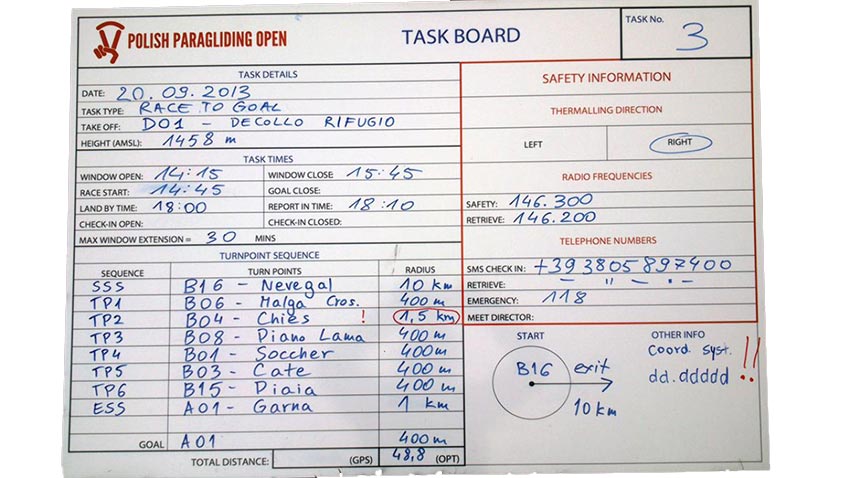
A task board may look confusing at first. But you will quickly begin to understand all the elements. Most competitions use a fairly standard layout. You may find the MD has not yet published everything, saving some things until later in his briefing. It is a good idea to start entering the turnpoints in your instrument now, in the order they are presented on the task board. They will be in a format of letters and numbers, and either three or five digits long. The extra two digits are not needed and simply relate to the ground height at the turnpoint. Once the task is entered into the instrument it will tell you the task distance. Make sure this matches the distance on the taskboard, or you may end up flying a different task to the other pilots!
Towards the end of the task briefing, the MD will add the times. Launch Window, SSS (start of Speed Section), ESS (end of Speed Section) and sometimes Land By and Report By times. These last two exist for safety, to ensure all pilots are accounted for before darkness.
The MD will also publish a Turn Direction. This will alternate, Left then Right as the days unfold. Quite simply, imagine 100 gliders all above launch waiting for the start. They must all turn the same way to keep things safe. This is the Turn Direction for that day. However, once you have crossed the start line after the SSS, then you can turn any way you want. But of course, that way would be the way of the gliders that arrived at the next thermal before you. Be warned though, free flyers outside of the event may not know of the turn direction, so safety before rules!
It is useful to take a photo of the task board – and any task that has been drawn onto a map to refer to later if you forget the turn direction or make a mistake with programming your instrument.
You are ready to fly! You have the task in your instrument, the distance matches that of your friends. But there is one more thing to do…. understand the task! This is an important step that without, will put most pilots on the ground early. You will probably have received a map. Talk to some of your friends, looking at the map, and get some tips from them of how they will fly the task. There is nothing worse than heading off in a direction, to watch everybody else take a different route, because they had considered more than the arrow to the next waypoint, but had also considered the terrain to get there.
Try to launch early. Waiting until the end of the launch window will just make you more nervous, and mean you will not be high enough when the start gate opens to follow the good pilots. The task winners have usually been the first pilots to launch.
AFTER THE FLIGHT
So you have landed. Maybe you are in goal (congratulations!) or maybe you didn’t make it all the way around the course this time, but you are happily on the way back to base in a retrieve vehicle. What next?
Ensure that you have reported in as safe. The method of doing this will have been given at the briefing. It may be a radio or text message, or the retrieve bus driver may report all his/her pilots in together. You will usually also need to physically report back to headquarters in order to download your tracklog, from which the scores will be produced. Do not delay getting back to HQ, or you may delay the scoring being done – the scorers would like to get to the bar at some point too. Going to a bar, restaurant or back to your apartment for a shower first will be severely frowned upon!
Join the download queue – with your instrument, tracker (if you were issued one), and any backup instrument that also recorded your flight. It’s a good idea to bring the relevant cable(s) too if your device is not a commonly-used type. The backup instrument’s log will be used if there were any problems with the main one. You would be surprised how often an instrument can have a faulty tracklog, or fail to record a point at a turnpoint.
Check the distance. When the Scoring official downloads your tracklog, check the distance he or she tells you that you flew matches your expectation. The scoring software can make mistakes, and something like 1 in 30 tracklogs can be mis-scored. A good scorer will pick up on issues, but ultimately, it is your responsibility, and now is the best time to ensure all is correct. After all, you worked hard for that distance, and subsequent score!
Take some time to chillout. So, the download is done, now you can he’d to the bar / swimming pool / tent / apartment. Sit back, relax, relive the flight with other pilots and await the publication of scores. When they are issued you usually have two hours to check, again, that the distance quoted is correct and as you expected. If it is the first day, also ensure that the correct glider is shown on the scores and you are scored in the correct class, such as Sports class (EN-C and below) etc.
As the week progresses, pilots will move up and down the rankings. Try not to get too frustrated about the scores. You are here to fly, learn and have fun. The best pilots often do not even look at the scores all week, and enjoy the surprise of being called for the podium at the end. As famous meet director Jocky Sanderson says, “the best pilot is the one having the most fun”. In fact, that statement has more to it than you might think. The pilot having the most fun is more relaxed, and that leads to better results!


